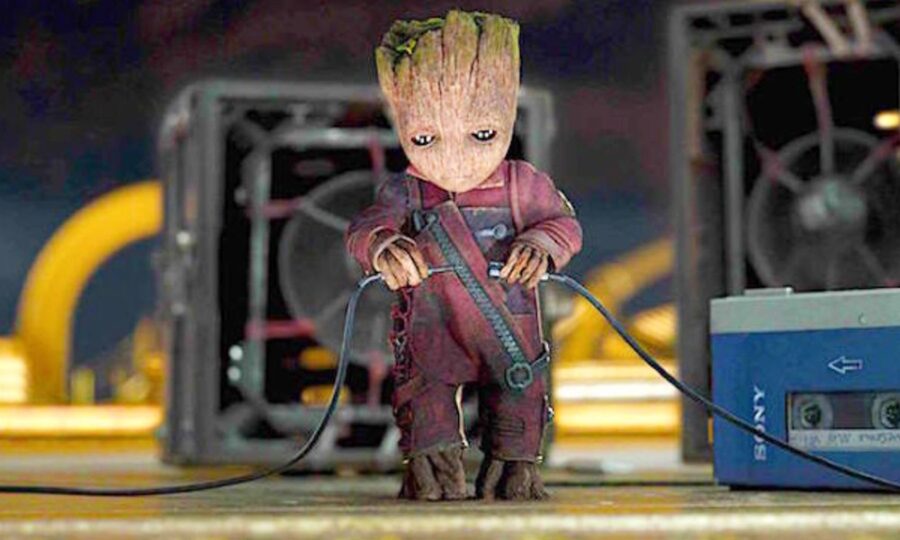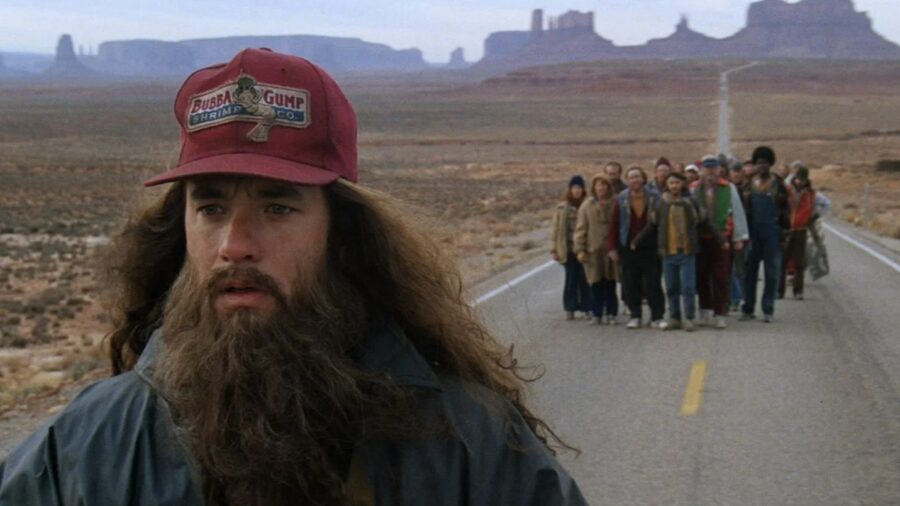Needle Drops In Movies Called Out For Being Terrible
Variety editor William Earl points out how needle drops in modern movies and TV are overused, making the projects worse.

More and more films are relying on popular music as part of their soundtracks, playing the songs using a technique called “needle drops.” Many films have used this trend to great effect, with films like James Gunn’s Guardians of the Galaxy trilogy and Edgar Wright’s Baby Driver capitalizing on the rhythm and mood of popular music to enhance the action onscreen. However, as Variety editor William Earl states, not every film does a good job of this, and some people are frustrated with the clumsy addition of way-too-on-the-nose songs, which can pretty much take you out of the movie.
Earl calls out several modern movies and shows that follow this trend of poorly-done needle drops. One such movie Transformers: Rise of the Beasts with its obvious choice of using LL Cool J’s “Mama Said Knock You Out” during a climactic fight scene. The article also calls out the show The Idol which uses the song “Take Me Back” as an all-too-obvious choice to portray the toxic relationship between the show’s main characters.
Earl blames the 1995 Oscars for setting off the poorly-implemented needle drop trend by choosing Forrest Gump as the best picture winner over Quentin Tarantino’s grittier Pulp Fiction. While both movies used pop music in their soundtracks, Forrest Gump used them in a more obvious way, with songs that seem to directly address the content onscreen.
By using songs like “California Dreamin” when portraying hippies, “On the Road Again” when Forrest is running across America and “Sweet Home Alabama” when showing Forrest returning home to Alabama, the Oscar-winning Forrest Gump seemed to broadcast to filmmakers: the more obvious the soundtrack choices, the better.

The popularization of this complaint can probably be traced back to a 2016 video by YouTuber Dan Olson on his channel Folding Ideas. While he doesn’t call out the idea of needle drops directly, in the video “The Art of Editing and Suicide Squad,” he complains about the unimaginative use of popular songs “in the bluntest way possible.”
The movie’s on-the-nose choices include playing Rick James’s “Superfreak” as Harley Quinn is shown behaving freakily or playing Kanye West’s “Black Skinhead” to introduce Will Smith‘s bald character Deadshot.
The argument against these types of overly-obvious needle drops has grown through the years. Some have raised counterpoints against the argument, such as the effectiveness of using “I Need a Hero” at the end of Shrek 2. Earl, for his part, acknowledges that there can be effective uses of these type of songs — but they’re the exception rather than the rule.
Earl states that the use of “Back in the Saddle Again” in Sleepless in Seattle, “Where Is My Mind” in Fight Club, and “Under Pressure” in Aftersun also work to great effect.
So what’s the difference between a good and a bad on-the-nose needle drop? According to Earl, the difference is whether the script is good enough that the movie doesn’t need the soundtrack to conjure up emotions. In those situations, the songs enhance what the audience sees onscreen, rather than clumsily trying to manipulate the audience’s emotions.











